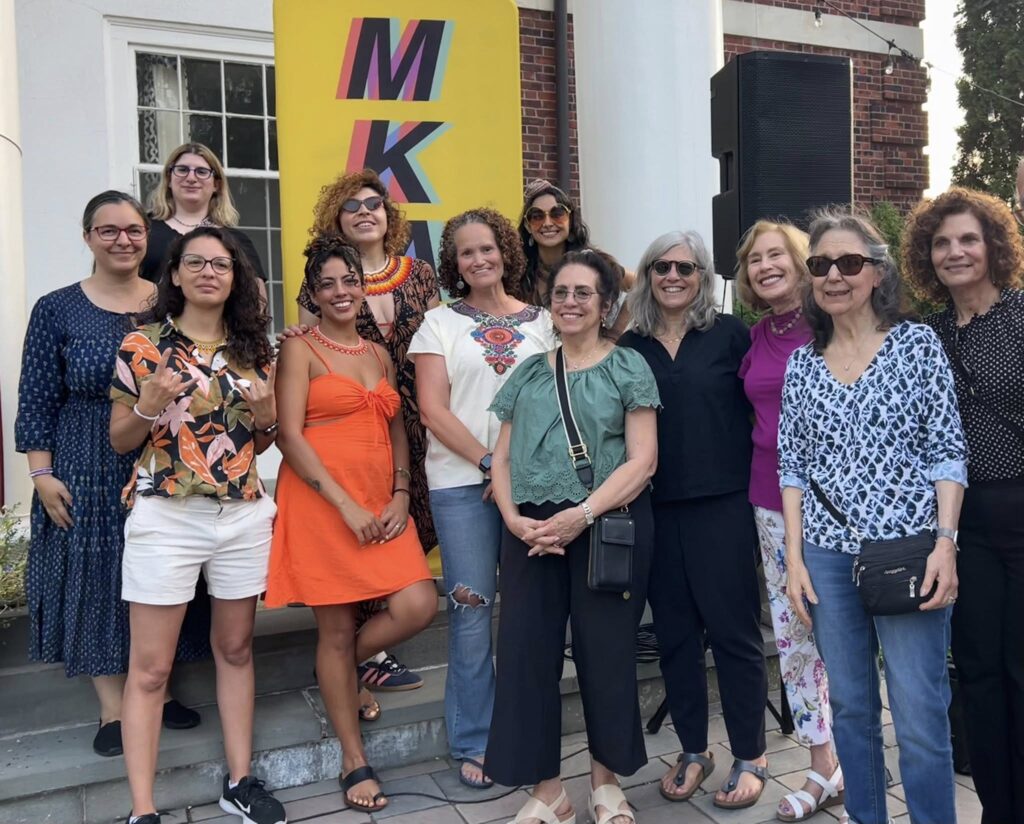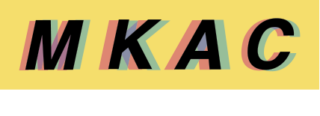History of the Arts in Mount Kisco
Mount Kisco’s creative life has always reached far beyond its size. From playwright Martha “Martia” Leonard’s open-air amphitheater to the village’s 19th-century opera house, from New Deal murals and landmark church organs to summer stock stages that hosted rising stars, the arts here have taken many forms. Music, theater, film, and visual art have all found a home in Mount Kisco, whether in Main Street movie houses, jazz clubs, or world-class printmaking studios. Today’s galleries, concerts, and community programs continue this legacy, linking the past to the present and showing how creativity has helped define the village’s spirit for more than a century.
Highlights
Today – Mount Kisco’s arts scene is active and connected. The Mount Kisco Arts Council leads with concerts, writing workshops, pop-up exhibits, and its monthly Art Hub. The organization is building momentum under new leadership.
The William Louis-Dreyfus Foundation anchors a major collection with an education mission. Jazz on Main offers an intimate room for touring and local jazz. Goodhouse adds a listening room with weekly live music, DJs, and cultural events inside a three-level restaurant and bar.
Music education is strong. Mount Kisco House of Music offers instruction, ensembles, and student performance opportunities. Green Room Music provides private and group lessons, a rock band program, preschool music, and room rentals.
The Katonah Art Center, now in Mount Kisco, delivers classes, camps, and exhibitions for all ages. The Mount Kisco Public Library rounds out the ecosystem with rotating art shows, author events, film and music programs, and community history displays.
1885: Opera House era. Mount Kisco opened an Opera House in 1885, adapted from a roller-skating rink; it quickly became a community performance space.
1911: Martia Leonard’s open-air amphitheater. After a 1907 storm, playwright Martha “Martia” Leonard built a Greek-style amphitheater at Brookside; the site survives within Marsh Sanctuary and is still visitable.
1932–40s: Summer stock arrives. The Westchester Playhouse, on Route 117 between Mount Kisco and Chappaqua, operated as a barn theater and featured rising stars including Anna May Wong, Henry Fonda, Uta Hagen, Montgomery Clift, and Vincent Price.
1936: New Deal art at the Post Office. Thomas J. Donnelly’s Treasury Relief Art Project murals Indian Cornfield and Mount Kisco in 1850 were installed inside the Mount Kisco Post Office and remain in place.
Mid-century music at St. Mark’s. St. Mark’s Episcopal Church (Bertram G. Goodhue) houses an Aeolian-Skinner pipe organ, Opus 1201, dedicated in 1952; the parish maintains an active music program.
1960s–1980s: Composers and cinema. Composers Samuel Barber and Gian Carlo Menotti shared a Mount Kisco home known as “Capricorn,” profiled in The New Yorker; later, Milos Forman’s Ragtime (1981) filmed on Main Street and at 81 West Main Street.
1974–2000: Printmaking powerhouse. Kenneth Tyler expanded Tyler Graphics Ltd. into a purpose-built Mount Kisco facility in 1987, enabling large-scale projects with Frank Stella, Helen Frankenthaler, Roy Lichtenstein, and others.
A Brief History
19th century: performance takes root
By the 1880s, Mount Kisco supported an Opera House, that opened in 1885. It was adapted from a roller-skating rink and quickly became a space for public entertainment and meetings. This early venue showed that the growing railroad village wanted culture as much as commerce.
1900–1930: a garden theater and a growing library
Playwright Martha “Martia” Leonard turned her property, known as Brookside, into a creative retreat with gardens, a tea house, and in 1911 an open-air amphitheater with Greek-style columns milled from storm-felled chestnut trees. The amphitheater hosted plays and gatherings throughout the 1910s and 1920s. After her death in 1964, Leonard’s ashes were placed on the slope above the stage. The site remains visible today within Marsh Sanctuary. The Mount Kisco Public Library was chartered in 1910 and quickly became a community cultural hub.
The 1930s: summer stock and New Deal art
In 1932 the Westchester Playhouse brought summer stock to Mount Kisco. Rising actors such as Henry Fonda, Uta Hagen, Montgomery Clift, and Vincent Price all appeared on its barn stage. At the same time, the new Municipal Complex rose in Colonial Revival style downtown. In 1936 artist Thomas Donnelly installed two Treasury Relief Art Project murals in the Post Office, Indian Cornfield and Mount Kisco in 1850. These works survive today and link Mount Kisco’s local history with the national story of New Deal art.
Mid-century to 1970s: sacred music and modern composition
St. Mark’s Episcopal Church, designed by Bertram Grosvenor Goodhue, held its first services in 1911. In 1949 it installed an Aeolian-Skinner pipe organ (Opus 1201), which remains a notable recital instrument. In the 1960s, Mount Kisco also became a home base for composers Samuel Barber and Gian Carlo Menotti. Their residence, known as Capricorn, was photographed for LIFE and written about in The New Yorker. This gave Mount Kisco a surprising place in American classical music history.
1970s–2000: a global printmaking center
Master printer Kenneth Tyler expanded Tyler Graphics Ltd. into a purpose-built workshop in Mount Kisco in 1987. The facility included gallery spaces and a custom paper mill. Here he collaborated with leading artists including Frank Stella, Helen Frankenthaler, Roy Lichtenstein, and David Hockney. Tyler Graphics closed in 2000, but the Mount Kisco years are recognized as a high point in modern printmaking.
Film and television: Main Street on screen
Mount Kisco’s streets and landmarks have appeared in a range of productions. Milos Forman’s Ragtime (1981) filmed scenes on Main Street and nearby locations. The Westchester County Film and TV Office and IMDb location listings also include In & Out (1997), Lost Souls (1999), and others. The Theodore Carpenter House on West Main Street is often cited as a significant filming location.
2010s to the present: galleries, concerts, and jazz
The William Louis-Dreyfus Foundation established museum-quality galleries in Mount Kisco, open by appointment and supporting arts education. The Katonah Art Center relocated to 40 Radio Circle, bringing classes and exhibitions into the village. The Mount Kisco Arts Council, formed by volunteers in 2016, launched with pop-up galleries in vacant storefronts, the first at 10 South Moger Avenue, and now leads summer concerts at Fountain Park, writing workshops, rotating art exhibits, and the monthly Art Hub under renewed leadership.
In 2022 Jazz on Main opened at 37 South Moger Avenue as a dedicated jazz club with weekly concerts and jam sessions, and Goodhouse added a listening room with weekly live music, DJs, and cultural events. Music education expanded with Green Room Music offering private and group lessons, a rock band program, preschool music, and room rentals at 13 E. Main Street, and Mount Kisco House of Music providing instruction, ensembles, and student performances.
The Mount Kisco Public Library rounds out the ecosystem with rotating art exhibits, author events, film and music programs, and community history displays. The Mount Kisco Movie Theater, operating since 1962, remains a beloved community cinema.

Become a Member
Becoming a member of the Mount Kisco Arts Council is a simple way to support local creativity and be part of something bigger. Your membership helps us bring more music, art, and cultural events to the village, while connecting you with a community of neighbors who believe in the power of the arts to bring people together.
